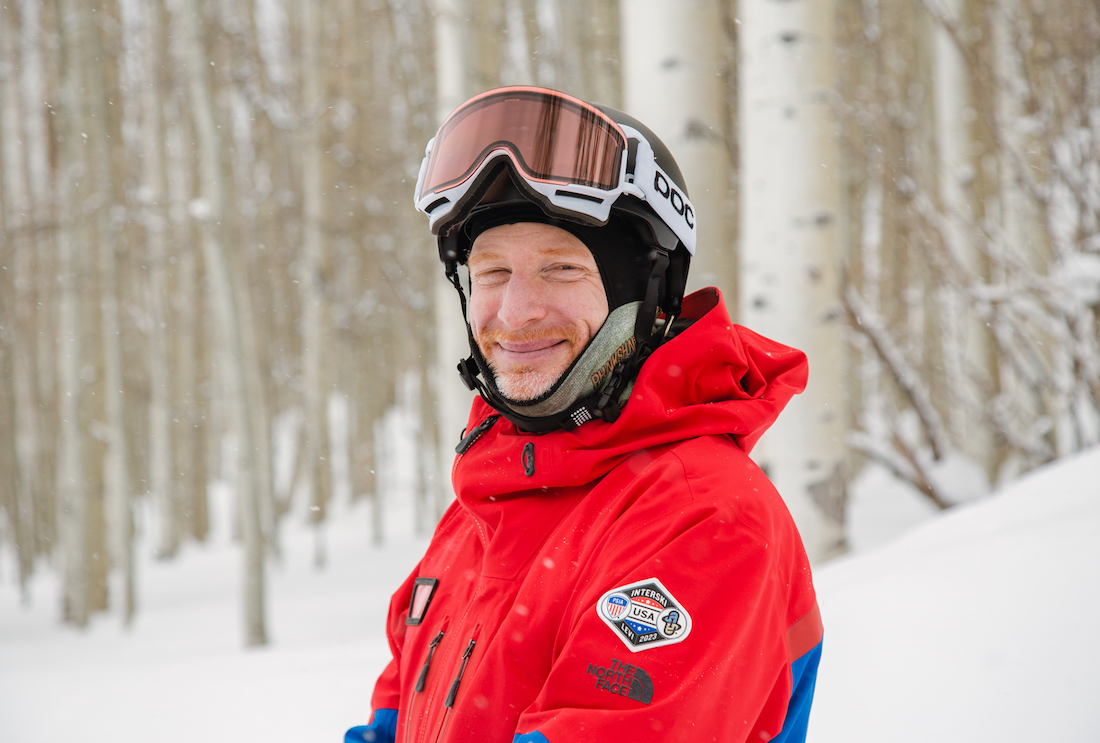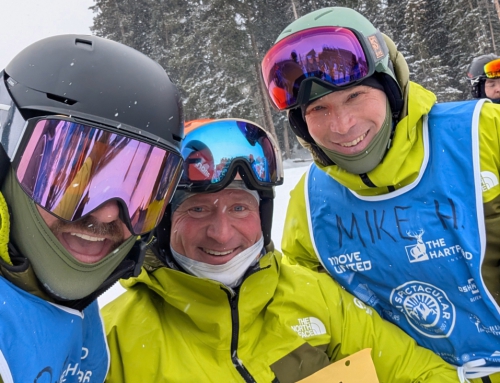Interski 2023: Top Takeaways from BASI’s Certification Presentation
Held every four years, Interski brings instructors together from around the world. The event offers a valuable educational opportunity for snowsports educators to share their innovations and core beliefs. It gives PSIA-AASI, through its national team, a chance to compare the American Teaching System with the educational approaches of other countries and bring home ideas that help PSIA-AASI members improve and evolve.
Here, AASI Snowboard Team member Brian Donovan shares his takeaways from the British Association of Snowsport Instructors (BASI) workshop on snowboard certification.
This clinic covered the certification progression from Level 2 to Level 3 to Level 4 – with a focus on riding activities, snowboard outcomes, and body movements as BASI members progress through the three highest tiers of their certification pathway.
There was a specific focus on what candidates should be proficient at during each level of certification.
Level 2 – Proficient at demos.
Level 3 – Proficient at performance.
Level 4 – Proficient at inspiration.
BASI-certified instructors focus on reference alignments and a stacked stance at Level 2. As they progress into Level 3, they focus more on an open hip stance to promote more counter and the ability to steer quickly.
What was innovative to me was that while they’ve shifted away from a scoring scale and moved to a Pass/Fail system, they still score with a 6-point scale in the background – and the scale is the same for all levels of certification. A Level 1 is expected to achieve a 2-3 scale, a Level 2 a 3-4, a Level 3 a 4-5, and a Level 4 a 5-6.
They are also running five-day exams with continuous clinic and assessment components. And they conduct evaluative assessments for all education staff members every three years. Successful assessment consists of achieving a Level 3 BASI standard for certification-pathway riding activities.
I think for us at PSIA-AASI, this kind of scale could help a snowboard instructor better understand the board performance outcomes necessary to be successful in certification assessments. It could also help instructors understand what body movements are expected to be able to affect snowboard performance.







